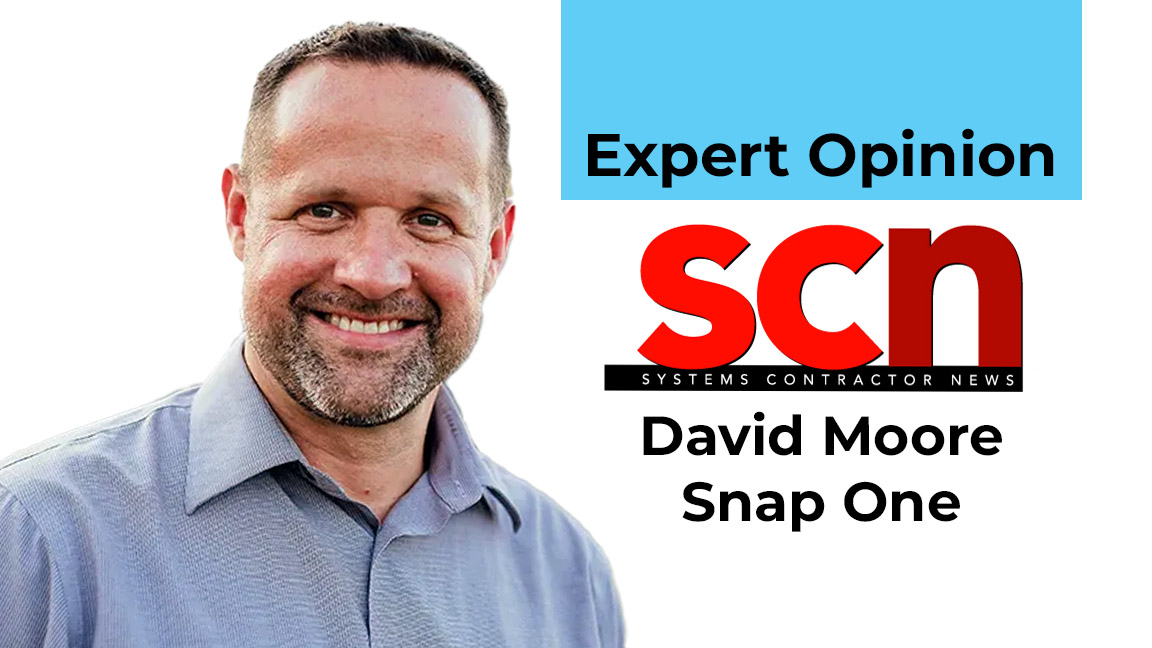All companies that manufacture products understand that ensuring consistent quality and meeting market demands are crucial factors for success. For B2B manufacturers dedicated to supporting partners and their customers, it is imperative to strategically and thoughtfully invest in engineering labs and product testing staff to accelerate product development and promptly respond to ever-evolving market trends. Implementing a quality-centric process can serve as a blueprint, fostering improvements in the usability, reliability, and performance of technology products of all kinds.
[On Your Business: Purpose Before Profit]
Quality can be easily understood when separated into three main buckets: software, offering unrivaled usability and performance; hardware, creating products that are designed to endure extreme conditions; and experiences, ensuring simple installation for integrators and intuitive operation for customers—a result of combining quality software and hardware. I like to view these categories as legs of a stool, each needing to be equally balanced to support a company. Here are three tips to help that stool stay balanced so your company can facilitate rapid product development, reduce costs, expedite launches, and enhance customer experiences.
1) Embrace automation.
The software and user interfaces of any technology product can be a pivotal factor in the positive (or negative) experience of both installers and end users. Analyzing performance across a range of integrations, capabilities, and use cases can be a daunting, time-intensive task, which is why experts have created automated scripts capable of quickly and accurately testing performances 24/7.
Implementing a quality-centric process can serve as a blueprint, fostering improvements in the usability, reliability, and performance of technology products of all kinds.
Well-designed automated software testing equipment can run thousands of tests per hour, creating a wealth of performance data far greater than hands-on testing could ever provide. These comprehensive reports enable rapid identification of bugs and errors, while removing the possibility of human error impacting the test results. This not only makes products and integration more reliable and easier to use, but also allows quicker iterations and responses to integrator needs with test cycles that take hours instead of weeks.
2) Don't go soft on hardware.
Given that companies often specify products for both commercial and residential environments, each hardware product must be tested using the highest standard of specifications, ensuring peak performance in all environments. Such testing has to exceed practical limits, identifying all potential issues and correcting them as needed.
The advanced testing capabilities found in modern hardware labs can conduct tests that exceed the worst-case scenario, offering customers the peace of mind that products won’t fail regardless of weather, level of use, installation location, or other variables.
At Snap One, for example, the implementation of an in-house anechoic chamber has significantly shortened our hardware development and testing timelines by months. This simultaneously reduces costs and eliminates the logistical challenges associated with third-party testing. However, it's important to acknowledge that scale plays a crucial role in achieving these efficiencies. Startup manufacturers may still rely on third-party solutions due to the substantial upfront costs associated with acquiring the necessary equipment.
3) Focus on feedback.
Multi-category manufacturers producing both hardware and software should recognize the importance of comprehensive testing capabilities, which assess the real-world scenarios users may encounter during the installation or use of products and solutions. It is key that integrators and users are fully satisfied with the quality, longevity, ease of installation, service, and expandability of all devices and systems for AV, media distribution, networking, security and surveillance, climate controls, power delivery, and remote systems management.
Regular user input mitigates the risk of overlooking potential enhancements or neglecting performance issues that could adversely impact sales, product effectiveness, and brand reputation. Manufacturers should seek feedback regularly from a variety of sources, including integrators and beta testers. Surveys, social media discussions, and even physical site visits can be crucial for remaining in line with industry expectations.
Product developers that are committed to their customers and strive for premium experiences can make targeted investments to ensure they stay balanced atop the three-legged stool of quality. Through strategic investments in automation, rigorous testing, and industry feedback, product designers can broaden their offerings, enhancing products for partners, generating positive brand awareness, and fostering long-lasting manufacturer relationships.

